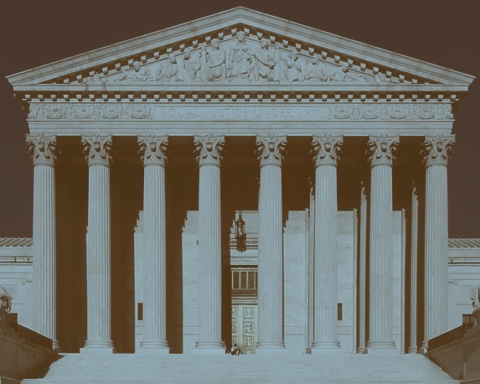A drop in the number of nationwide mining deaths reported Tuesday can be attributed to increased regulatory enforcement, according to an industry labor union.
United Mine Workers of America communications director Phil Smith said that the statistics reflect more robust federal oversight since 2010, when an explosion at the Upper Big Branch coal mine in West Virginia killed 29 workers.
The Mine Safety and Health Administration, he said, “has really stepped up in enforcement of safety and health laws, and that’s demonstrated by these numbers.”
The preliminary figures, reported Tuesday by the MSHA, indicate that there were 40 mining industry occupational fatalities in 2014–down from 42 in 2013.
The trend does not appear to be a result of a coal industry in decline, either. While sixteen coal miners died on the job last year–the lowest number in US history–coal mines played host to about twice that amount of worker fatalities in the early years of the millennium, “when the number of working coal miners were at comparable levels,” the MSHA said. In 2013, twenty coal miners died on the job.
The number of occupational fatalities was up, however, in metal and nonmetal mines–to 24 in 2014 from 22 the year before. That figure, the MSHA also noted, could change “because some mining deaths are still under review.”
Smith said that the overall “downward trend of fatalities is a step in the right direction,” but stressed that the UMWA believes every on-the-job death is avoidable.
“It’s still disturbing that people are getting killed just because they went to work,” he added. “We believe all coal mines can be operated safely and productively.”
The MSHA concurs. It said that the industry is headed “in the right direction,” but stated that “these deaths, particularly with the increase in the metal and nonmetal industry, make clear the need to do more to protect our nation’s miners.”
“Mining deaths are preventable, and those that occurred in 2014 are no exception,” it said. “To prevent deaths, mine operators must maintain effective safety and health management programs that are constantly evaluated, continue find-and-fix programs to identify and eliminate mine hazards, and provide training for all mining personnel.”
Smith said that Congress could further diminish occupational hazards in the industry by passing the Robert C. Byrd Mine Safety Protection Act, legislation named after the late senator from West Virginia. Sponsored by former Sen. Jay Rockefeller (D-W.Va.) and former Rep. George Miller (D-Calif.) in the last congress, the bill would force mine operators to keep better records, expand whistleblower protections, and give the MSHA more power and responsibility.
“There are things that can be done to improve miner safety underground,” Smith commented.
The Byrd Mine Safety Protection Act was first written and introduced in 2010, in the wake of the Upper Big Branch catastrophe.
In December, that mine’s former chief executive, Massey Energy CEO Don Blankenship, was indicted on charges of conspiring to violate federal health and safety laws.






